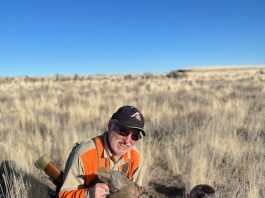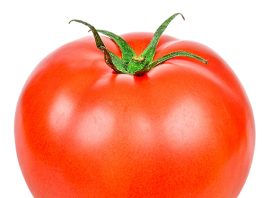Here’s an idea. Let’s not do it any more. Let’s not say “We have to feed 9 Billion people by 2050.”
 That concept, weighing down farmers across the country and around the world, makes folks reach out for the quick and easy solution. Spray it on, inject it, high yields, quick, quick! We need to feed more people than I could count in my lifetime. (It takes 31 years, 251 days, 7 hours and change to count to a billion.)
That concept, weighing down farmers across the country and around the world, makes folks reach out for the quick and easy solution. Spray it on, inject it, high yields, quick, quick! We need to feed more people than I could count in my lifetime. (It takes 31 years, 251 days, 7 hours and change to count to a billion.)
The answer isn’t to let people starve, though. The answer is to change the way we farm, and the way we think about farming. Ok, maybe not you, because you’re reading On Pasture. But a heck of a lot of farmers, smart, funny (good looking!) farmers, farm a certain way because it is all on their shoulders to “Feed 9 Billion People.”
Unshoulder that burden.
This week, I talked to Ray Archuleta and Jeff Rasawehr, two really interesting guys who you’d probably enjoy meeting, if you haven’t already. Ray is an NRCS soils guru, and Jeff is a farmer in Ohio who started the company Center Seeds to share his passion for cover crops. They share this solution: Let’s not try to do this. Instead, let’s teach the world about soil, and how important it is. They think it works just like the principle of teaching someone to fish, so they feed themselves for a lifetime. By sharing the story of soils with the world, maybe we can all appreciate what it means to raise food, and maybe more people will do it, even on a small scale.
Make the goal healthy soil, that will cycle nutrients efficiently, and protect against disease. Learn how to understand the soil, and it will provide. Soil is not just a growing medium. It is a world unto itself, an ecosystem, and it must be managed as a living entity. We must think of farming as rooted in a biological system, not a chemical one.
This isn’t going to happen easily. Jeff and Ray both said that this is an intellectual shift the proportions of which have yet to be seen. It’s a change in mindset. We’ve had years of support for chemical dependency, and we don’t like change. Switching from a chemical-based system to a biological one isn’t quick, either. Getting fields and soils to achieve in biological farming can take 3 to 5 years, and the first hiccup may send many right back to the chemical system.
Research has shown that soils with more microbial activity are more productive, increasing yields and the nutritional content of the crop. Enhancing microbial activity improves nutrient uptake, controls pathogens and alleviates soil stress, and a heck of a lot more.
 Farming biologically means enhancing microorganisms that interact with plants. It means encouraging mycorrhizae, it means avoiding chemicals that kill soil life, and it means soil health as the big picture, not yields that fill silos and 9 billion bellies.
Farming biologically means enhancing microorganisms that interact with plants. It means encouraging mycorrhizae, it means avoiding chemicals that kill soil life, and it means soil health as the big picture, not yields that fill silos and 9 billion bellies.
If you’ve read On Pasture before, you know we prize the bottom line. The bottom line is tied to the dollar, and more production usually means more dollars. Jeff and Ray, and On Pasture, firmly believe that the bottom line will be met if soil health is the big picture.
We have spent trillions without fixing anything. We still have a Dust Bowl, and we still have farmers relying on chemical inputs to make their farms work. We need to build networks of soil health, of support for farmers working for soil health. We need to look at the big picture.
That picture is this planet, and the root of it all is the soil. What is good for the soil will be good for all of us.
This has been a diatribe from On Pasture, and Jeff Rasawehr, and Ray Archuleta. Thank you for listening. Watch for our “How Tos” on feeding soil coming soon.





Well said. Thanks, Rachel.
Jeff and Ray are the real heroes here. We were so lucky to be able to pass along their valuable insights. We’re really glad you have enjoyed reading about this topic. Stay tuned for more next week…
Great explanation, Rachel!
The Haney soil test (Ward Labs, inc) has alleviated much of my concern as to whether the soil in my pastures has the biological muscle to provide the roots of my grasses with enough nutrients to make up for the chemical fertilizer that I no longer buy..At least this test provides hard numbers by which one can track changes in fertility through time.. Until I found it I was just running on the seeming good sense and experience of other farmers who have been advocating “biological farming”. Now I can see whether their observations apply to my own soil.
i
Comments are closed.